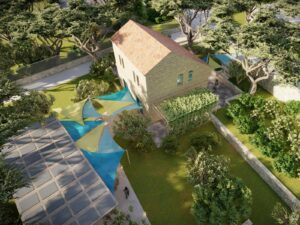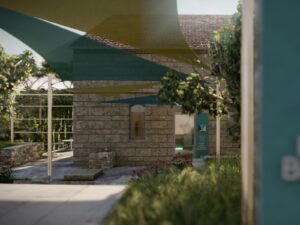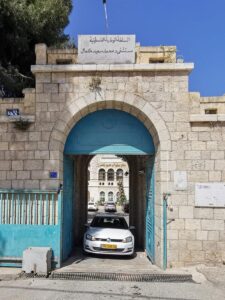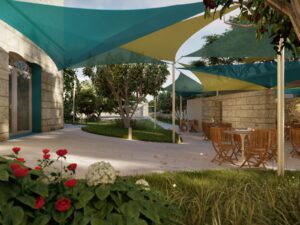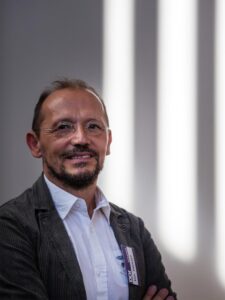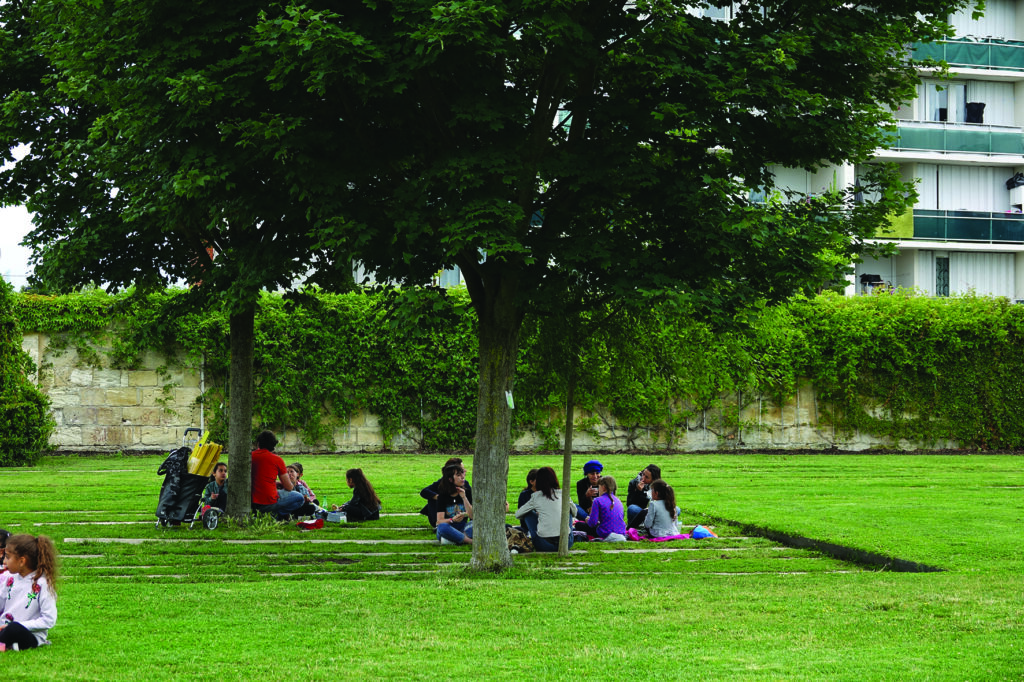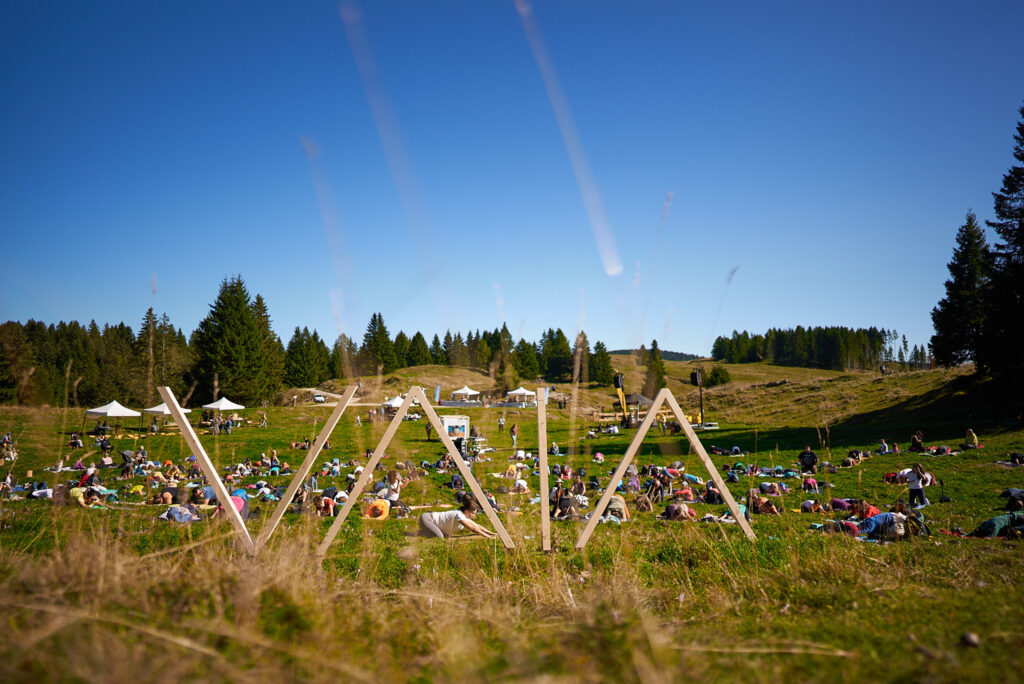The voice is firm and without hesitation: “I viscerally reject the idea of the foreigner. Feeling a foreigner starts from the perception of being superior or inferior. If you feel superior, you feel a foreigner in a certain kind of place. If you feel inferior, you feel a foreigner elsewhere. I never feel a foreigner because I love people, I love life, I love trying to do things fairly. This has always helped me not to feel a foreigner.” This is the position Raul Pantaleo takes, and his experience is the concrete proof of his way of being. In addition to teaching at the University of Trieste, Pantaleo is also co-founder of TAMassociati, the architecture firm based in Venice that works on projects in Central Africa, South America, Yemen, Iraq and Afghanistan (to name but a few). The architect has had the opportunity to concretely develop dialogues among different cultures, constructing buildings in critical contexts and with delicate functions, such as hospitals, cooperation centres and social housing.

What is it like to work in remote places where the cultural superstructures are so different? Pantaleo’s point of view is comforting, as it opens horizons of trust: “We experience differences with great serenity and humanity, focusing the project on the interests and above all the respect for the users. We are trying to imagine projects that get to the heart of our being human, our being a community. We look at the history of Homo Sapiens from a broad perspective, we have the same number of genes and all come from the same continent. Homo Sapiens differed from Neanderthal Man because he was a migrant: we have always been migrants. In all these years of working around the world, I have realised that there are more things that unite than divide.”
This does not only downsize the concept of feeling a foreigner and the scale of differences, but also, in opposite proportions, the quantity and quality of positive exchanges between distant lands. “Working in a war zone, you get used to surgical design: you don’t have much money, much time, many resources, many skills, you don’t have much of anything. And you only have to do what is right. This is a direct, primordial relationship with architecture; you have to do something useful. Then we realised that the know-how developed in war contexts will be very useful for us in future, when we will probably have to get used to living in a different way. This is an inexorable change: the western world has lived in a privileged situation, like very few other periods in history, for the past thirty years. We all hope that this will continue, but it is plausible that we will see many changes, because there will be fewer economic, intellectual and political resources. In some way, therefore, our observatory for those who have less becomes useful for those who have more, to understand – for example – that universal public healthcare is a privilege that we should all fight for,” Pantaleo continues.
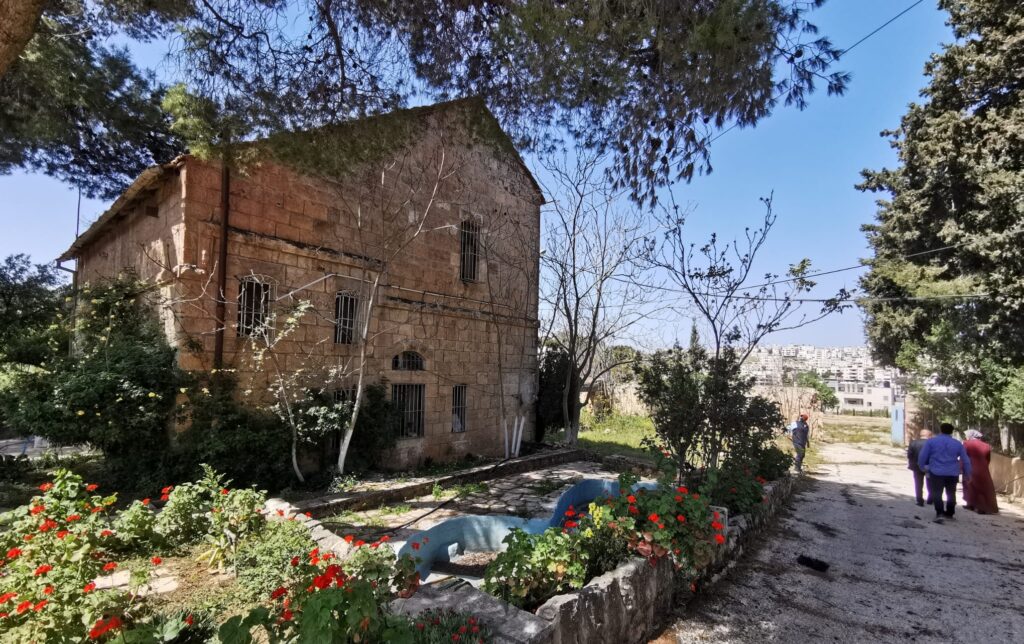
The breadth of perspective, the direct consequence of experience gained in the field and the result of a virtuous process, does not even stop before the more concrete aspects of building, the choice of the most suitable materials, the technical approach. What is privileged is in fact always a method that is not necessarily linear, able to taken into account and balance different variables, from the identity of the place to the ultimate aim of the project, whether functional or social, for example. Raul Pantaleo describes his design and construction work like this: “These are very complex topics, especially when we talk about the south of the world. Here we experience a vernacular pace of architecture, we work towards the recovery of traditional techniques. Like in Italy after the war, the countries of the south are driving fast towards modernity, towards the ‘Dubai-ification’ of the imagination. With TAMassociati, we have always sat on the fence a bit: we would like to build modern buildings with the intelligence of traditional constructions. And here too we have an extremely pragmatic approach: the choice of using traditional materials is not ideological. If they are the best solution then we use them, if you have to privilege social design, on the other hand, we may use materials that we would not have used in other contexts. You always have to understand the purposes of the project.”
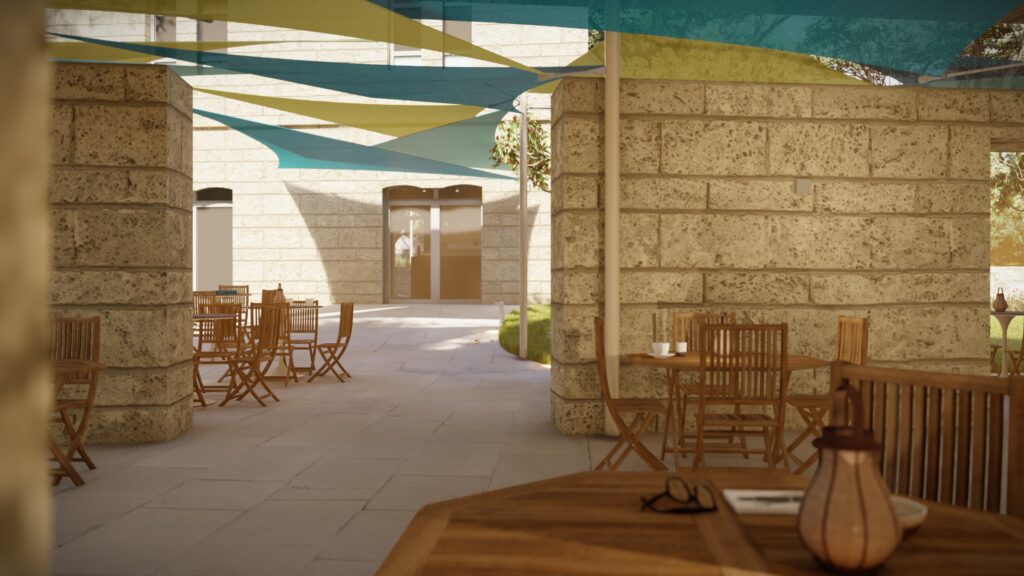
And to close, a project in the making that, in this precise moment, represents a hope. TAMassociati is working in Palestine, in Bethlehem, on the project for a psychiatric hospital. The project, which is proceeding despite the extreme difficulties in the area, was developed with ASUGI (Azienda Sanitaria Universitaria Giuliano Isontina) and the mental health centre in Trieste. In these days of war, there has been one wonderful gesture: demolishing the fence in the city where the West Bank barrier was built.

Aerial view of the TAMassociati project for the psychiatric hospital in Bethlehem, ph. TAMassociati

View of the entrance to the new cultural centre based on a design by TAMassociati for the psychiatric hospital in Bethlehem, ph. TAMassociati

Entrance to the psychiatric hospital in Bethlehem; a restructuring project is underway by TAMassociati, ph. courtesy of AICS (Italian Agency for Development Cooperation)

View of the garden and outdoor café according to the design by TAMassociati for the psychiatric hospital in Bethlehem, ph. TAMassociati

Bird’s eye view of the TAMassociati project for the psychiatric hospital in Bethlehem, ph. TAMassociati

Portrait of Raul Pantaleo, architect and co-founder of the firm TAMassociati, specialised in socio-health projects developed in critical areas
